This place is so sublimely beautiful it will make you cry. And it’s right here in Australia
On an island at the far end of the world there remains one fragile corner to remind us of how much of the beauty of the natural planet we have already lost.
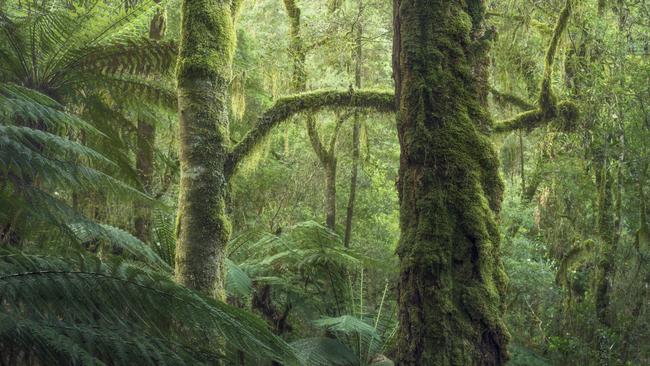
Growing up in Tasmania, I was a creature of rolling windswept pastures and open forests, of hedgerows closely bordering narrow country roads and of old sandstone hump-backed bridges where trout rose enticingly in gin-clear streams.
Little wonder in that place, sold to mainland tourists as “another England”, my favourite book was Kenneth Grahame’s Wind in the Willows. I was divinely happy in a gentle landscape under blue skies and cumulus in that distant deep-southern counterfeit of old England, complete with romantic but faux Georgian colonial villages.
I did have an inkling at the time that there was, just beyond the edge of my perception, a quite different Tasmania, a savage place where nobody ventured.
I heard some dark talk, how beyond the impenetrable mountain ranges to the west there was a place of cascading rivers raging through dark and foreboding forests where strange creatures roamed: devils and tigers. There were even more frightening tales of cannibalism amongst escaped convicts in a world so inhospitable there was nothing else to eat.
Today, that place on the wild west coast of Tasmania we call Takayna/Tarkine. And far from terrifying, it is an inspiration. On an island at the far end of the world there remains one fragile corner to remind us of how much of the beauty of the natural planet we have already lost.
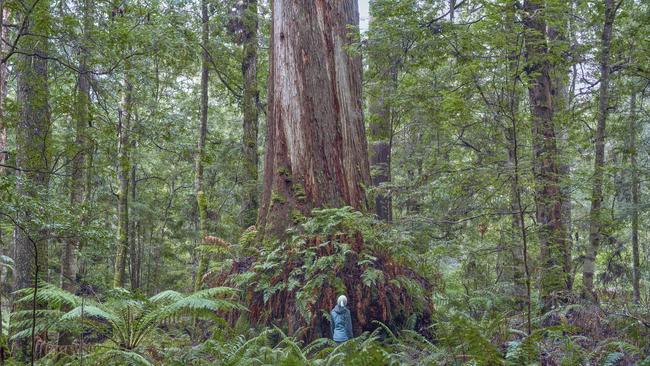
If a book can save the world (or at least one remnant corner of it) it might be Australian Geographic’s latest offering, a richly illustrated hardcover publication which cries out for the Tarkine’s preservation from mining and forestry and from the indifference of governments.
There is no way I can use words to describe the wonderful photography in Takayna/Tarkine One of the Last Wild Places on Earth except to say I have been there as a journalist and filmed there, and it is a place so sublimely beautiful it will make you cry.
Short of going there, this book will convince you why the Tarkine should be preserved. But having paid $75 for the book, why not fork out a bit more and come and see Tarkine for yourself?
Don’t be surprised if it makes you cry.
You should cry.
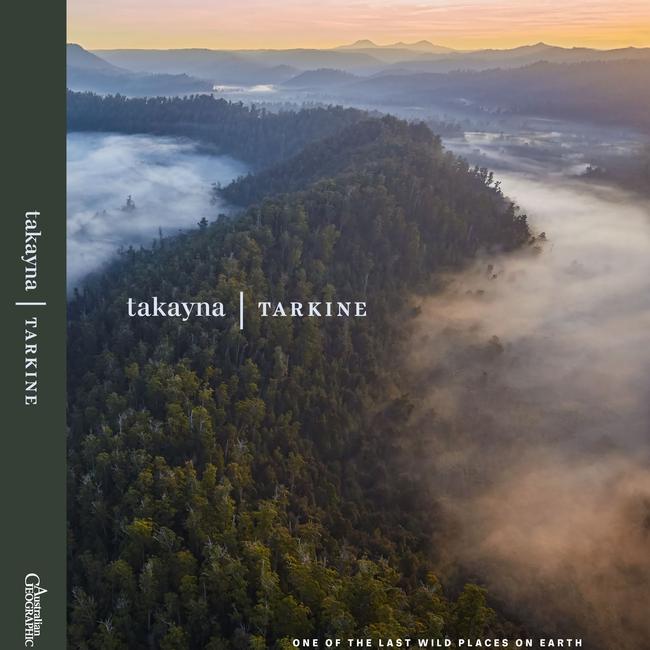
You might even become teary over the book, especially when you learn how little of what is pictured is safe from the bulldozer and the chainsaw. There is no shame in being intensely moved when confronted with the natural beauty of the wild world. We did not evolve from the glass and the concrete. So, when we now come into contact with ancient rainforest, wild rivers and undisturbed country, soft underfoot, in a richly scented world of moss and fern, we might expect to become strangely unsettled, and to experience an odd sense of rediscovery.
In the words of Sharnie Read, one of the eight essayists who have contributed to this book, “Have you ever walked through primeval forest and felt the rhythm of growth echo through your body, or watched a sunset that reached so far beyond your peripheral vision that it seemed unending? In this fast-paced world it seems hard to imagine such a place but there is somewhere that offers all this and more. This place is a unique, awe-inspiring cultural landscape called Takayana.”
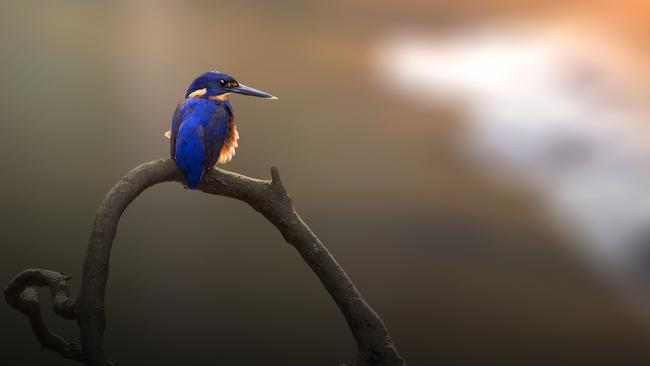
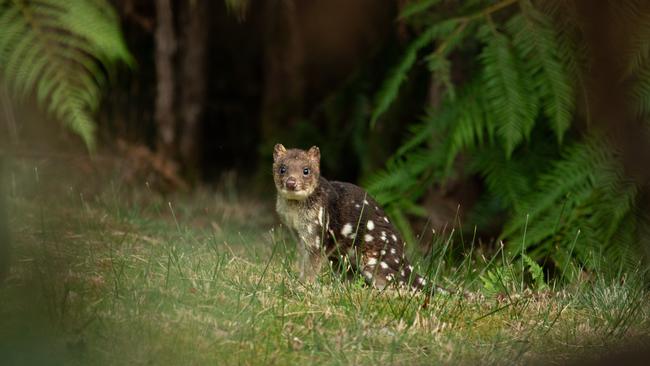
Sharnie is a Tasmanian Palawa woman of Indigenous descent but it’s my experience in travelling the world that it is white Australia that is unique in not feeling such a kindred spirit with the land. I know my Scottish forebears identified passionately with their landscape and for more than a thousand years fought the English for it.
What sets us Australians apart from so many nations is that we are among the most urbanised countries on Earth. Some 90 per cent of us live in cities, and if the Tarkine is to be preserved it will need our nation’s urban population to defend something they have never experienced.
Which we must assume is the crusading purpose of this book.
Tasmania has a history of being a poor custodian of Australia’s wildest and most beautiful places.
As the redoubtable environmental warrior Bob Brown asks at the end of this publication, “Takayna is global litmus. If this nearly 5000 square km of wild and scenic beauty can’t be saved from the jaws of industrial development in the second quarter of the 21st century in wealthy Australia, what can?”
As you will see pictured in the book, Takayna is a diverse landscape encompassing ancient rainforest, saw-toothed mountain ranges, rivers mysteriously shrouded in mist and dramatic storm-lashed coastlines.
In fact, it’s got everything except a guarantee of survival.
Which is why I heartily recommend this book.
If nothing else it will be a lasting chronicle of a lost world.
Charles Wooley is a Tasmanian.

